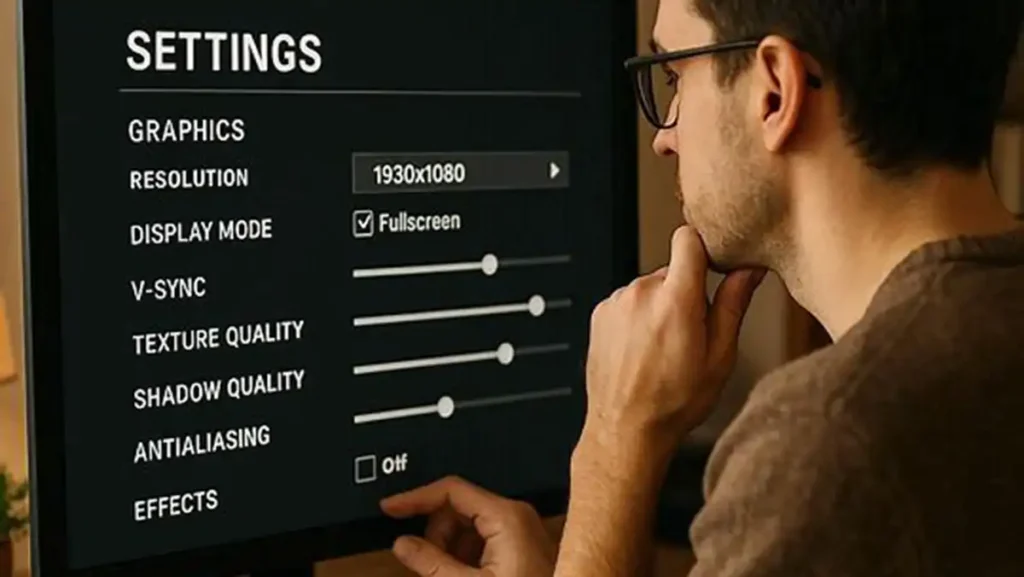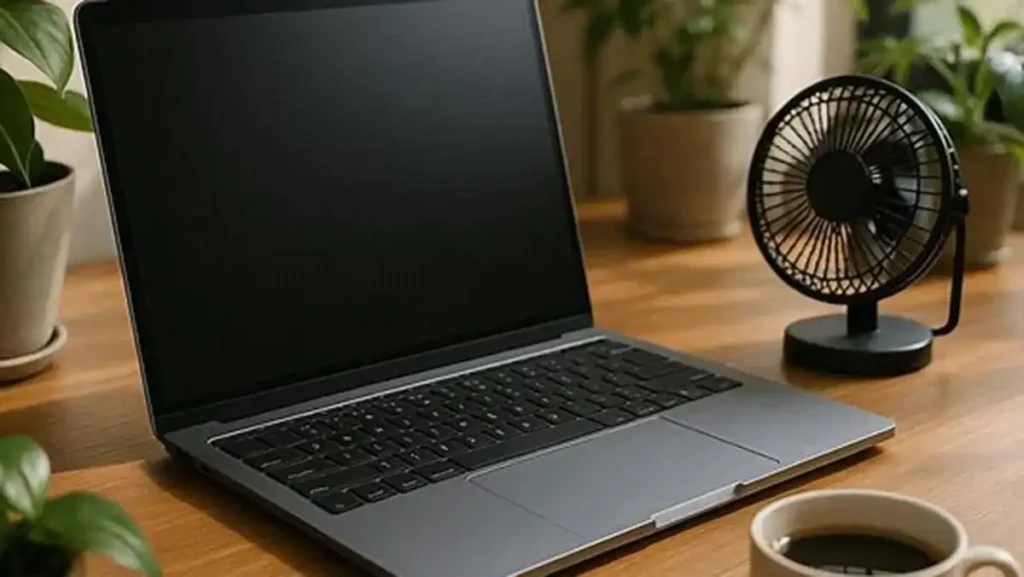How to Optimize Gaming Laptop For VR
Virtual reality gaming is thrilling and immersive, but it also requires powerful hardware. If your laptop runs VR games with lag or excessive heat, try these steps to improve performance: Update your drivers and headset firmware. Turn on Windows Game Mode to prioritize system resources for VR. Close unnecessary background apps and adjust in-game settings to reduce lag and frame drops.
Update Your Drivers
VR is a thrilling experience that demands high performance. Using simple tips, you can improve frame rates and reduce lag to ensure a smooth and enjoyable VR experience. Updating drivers, reducing graphics settings, closing background apps, and keeping your laptop cool can make a big difference in VR performance. A stable network connection is also important for VR. While these tips may seem minor, they can improve performance and make a huge difference in your VR experience.
Virtual reality requires a powerful laptop to run games at an optimal level. However, even a top-of-the-line gaming laptop can have problems with lag and low frame rates if it’s not configured for VR. By taking a few simple steps, you can optimize your laptop for VR and enjoy a seamless gaming experience.
Start by updating your video card and Windows drivers. These updates fix bugs, improve compatibility, and increase performance. Be sure to enable the “Game Mode” feature in Windows, which prioritizes VR processes over other programs. It’s also important to monitor internal temperatures, as overheating can cause thermal throttling and reduce performance.
If your laptop is running hot, try removing as many apps as possible and placing it on a cooling pad. This will prevent thermal throttling and ensure that your GPU is working at full capacity. Lastly, disable battery saver and adaptive brightness in Windows power settings to maximize performance.
Another way to improve VR performance is to change the display settings in your games. Lowering texture quality allows your CPU and GPU to process more frames per second. Additionally, you can turn off vsync to eliminate tearing and blurriness. Disabling the anti-aliasing feature in your graphics driver can also help improve VR performance, though it will result in less-smooth edges.
If you’re looking for a VR-ready laptop that can handle demanding games, look no further than the XMG NEO 16. This thin and lightweight laptop packs an Intel Core i9-13900H processor and an NVIDIA GeForce RTX 4090 GPU, making it one of the best laptops for VR gaming. It also includes a laptop water cooler to keep your system cool under heavy load.

Reduce Graphics Settings
VR requires a fast GPU, and you want it to be able to meet or exceed your headset’s recommended specs. A slow CPU or GPU can cause input lag, motion sickness, and low frame rates. Updated drivers, a discrete graphics card, and enough RAM are all essential. Check the hardware requirements for your VR platform, then use a tool like Task Manager to monitor CPU and GPU usage while gaming. Keeping RAM and CPU usage under 100% helps avoid bottlenecking.
Lower the game’s in-game settings and disable features like shadow quality, post-processing, texture resolutions, antialiasing, and supersampling to improve performance. Use a cooling pad or laptop stand, and make sure your CPU and GPU aren’t overheating. A high CPU and GPU temperature leads to thermal throttling, which causes your components to slow down and reduce performance. Using a system monitoring tool like MSI Afterburner or HWMonitor can help you keep track of your temps, and reducing background processes and startup programs can also lower your GPU’s and CPU’s temperatures. Enable G-SYNC if your display supports it, as it can reduce latency and boost performance.

Cool Your Laptop
VR is an immersive way to experience your favorite games, but it requires powerful hardware and can be taxing on your laptop’s CPU and GPU. Optimizing your laptop for VR will help you avoid lag, crashes, and frame drops and get the most out of your gaming experience. By updating your drivers, reducing graphics settings, cooling your laptop, and closing background apps, you can improve your laptop’s performance for smoother VR gameplay.
To ensure a high-quality VR experience, your laptop must have a high-end GPU and fast CPU. It also needs sufficient RAM and multiple high-speed ports. Ideally, your laptop should also be able to connect to your headset through a USB 3.0 or HDMI/DisplayPort cable. Lastly, you should have a stable internet connection with low latency.
Your laptop must have at least an NVIDIA GeForce RTX 4060 or AMD Radeon RX 480 GPU and 16 GB of RAM to run VR smoothly. It should also have enough ports to connect your headset, as well as a stable 5GHz WiFi or wired Ethernet connection. It is also a good idea to have an SSD drive, as VR games load faster than regular HDDs.
When playing VR games, your laptop’s internal temperatures can increase rapidly, causing thermal throttling and reducing performance. To avoid this, keep your laptop cool by placing it on a cooling pad and keeping the vents clear. If your laptop gets too hot, it may damage the GPU or CPU. Monitor your laptop’s temperature with a tool like MSI Afterburner or HWMonitor and try to keep the GPU and CPU under 85degC under load.
You can further improve performance by enabling Windows Game Mode, which prioritizes system resources for gaming and disables power-saving features. You can also reduce your display resolution to 1080p if you have a 4K laptop and by disabling in-game and VR software settings that are not needed for smooth gameplay. Finally, make sure to always stay plugged in while gaming in VR, as power-saving modes activate when your laptop is on battery.


Close Background Apps
Ensure that startup apps, cloud sync tools, media players, web browsers, and other programs that aren’t needed during gameplay are closed. This frees up CPU and RAM that can be used by your VR games. To get the most out of your laptop, use Game Mode in Windows to prioritize system resources for VR gaming and reduce lag.
Keep the CPU and GPU cool to prevent thermal throttling, which happens when components slow down to prevent overheating. This can cause stuttering and reduce performance. To avoid this, use a cooling pad or place your laptop on a hard surface to allow airflow.
Update your operating system, graphics drivers, and headset firmware for best results. Use a wired Ethernet connection instead of Wi-Fi to minimize latency. Also, enabling Quality of Service for your gaming network in router settings can improve performance. Finally, closing background apps and prioritizing in-game processes can increase frame rates and responsiveness. These steps may seem minor, but they can have a big impact on your VR experience. Using these tips can result in buttery-smooth gameplay with little lag or performance issues.


